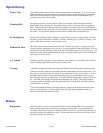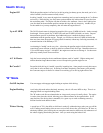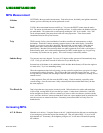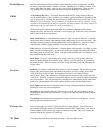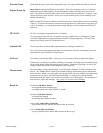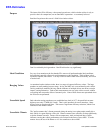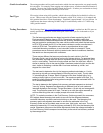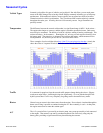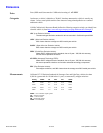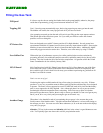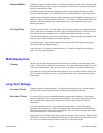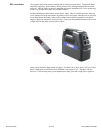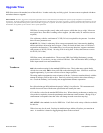
Gentle Acceleration
The testing procedures utilize gentle acceleration, which does not represent the way people actually
drive anymore. For example, when merging onto a highway now, much more harsh acceleration is
required. The tests don’t reflect the MPG penalty that causes. So unless you acceleration as slowly
as when the test was performed, efficiency will be lower.
Fuel Type
EPA testing is done using 100% gasoline, which is the most efficient fuel available for a Prius to
run on. Those owners using the cleaner fuel alternative called "E10", which is a 10% ethanol and
90% gasoline blend, have a clear disadvantage. That blend is approximated 3.4% less efficient. In
simple terms, that means achieving 50 MPG using E10 could actually achieve 51.7 MPG using
100% gasoline instead.
Testing Procedures
The following (from http://www.fueleconomy.gov/feg/info.shtml ) explains how the EPA tests are
actually performed, notice how results can be quite a bit lower if you live in the north or if you
drive fast:
The fuel economy estimates are based on results of tests required by the U.S.
Environmental Protection Agency (EPA). These tests are used to certify that
vehicles meet the Federal emissions and fuel economy standards. Manufacturers
test pre-production prototypes of the new vehicle models and submit the test results
to EPA. EPA re-tests about 10% of the tested vehicles to confirm manufacturer's
results in EPA's lab. The vehicles are driven by a professional driver under
controlled laboratory conditions, on an instrument similar to a treadmill. These
procedures ensure that each vehicle is tested under identical conditions; therefore,
the results can be compared with confidence.
There are two different fuel economy estimates for each vehicle in the Fuel
Economy Guide, one for city driving and one for highway driving. To generate these
two estimates, separate tests are used to represent typical everyday driving in a city
and in a rural setting. Two kinds of engine starts are used: the cold start, which is
similar to starting a car in the morning after it has been parked all night; and the hot
start, similar to restarting a vehicle after it has been warmed up, driven, and
stopped for a short time.
The test used to determine the city fuel economy estimate simulates an 11-mile,
stop-and-go trip with an average speed of 20 miles per hour (mph). The trip takes
31 minutes and has 23 stops. About 18 percent of the time is spent idling, as in
waiting at traffic lights or in rush hour traffic. The maximum speed is 56 mph. The
engine is initially started after being parked overnight. Vehicles are tested at 68 F to
86 F ambient temperature.
The test to determine the highway fuel economy estimate represents a mixture of
"non-city" driving. Segments corresponding to different kinds of rural roads and
interstate highways are included. The test simulates a 10-mile trip and averages 48
mph. The maximum speed is 60 mph. The test is run with the engine warmed up
and has little idling time and no stops (except at the end of the test).
NOTE: To make the numbers in the Fuel Economy Guide more useful for consumers,
EPA adjusts these laboratory test results to account for the difference between
controlled laboratory conditions and actual driving on the road. The laboratory fuel
economy results are adjusted downward to arrive at the estimates in the Fuel
Economy Guide and on the labels seen on new cars, light trucks, and vans. The city
estimate is lowered by 10% and the highway estimate by 22% from the laboratory test
results. Experience has proven that these adjustments make the mileage estimates in
the Fuel Economy Guide correspond more closely to the actual fuel economy realized
by the average driver.
Prius User-Guide 13 of 45 Last Updated: 2/07/2006



